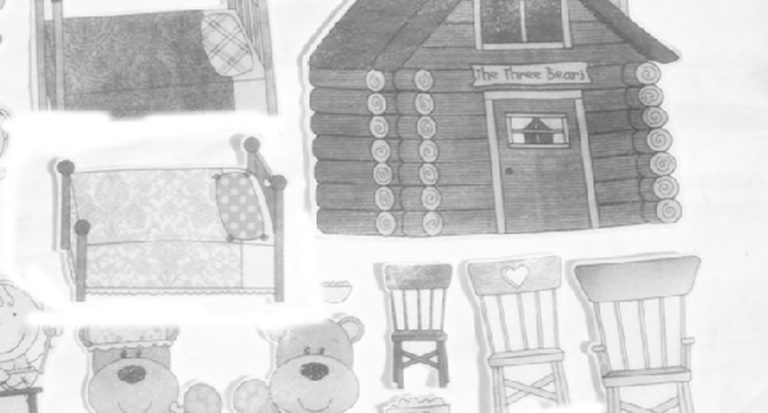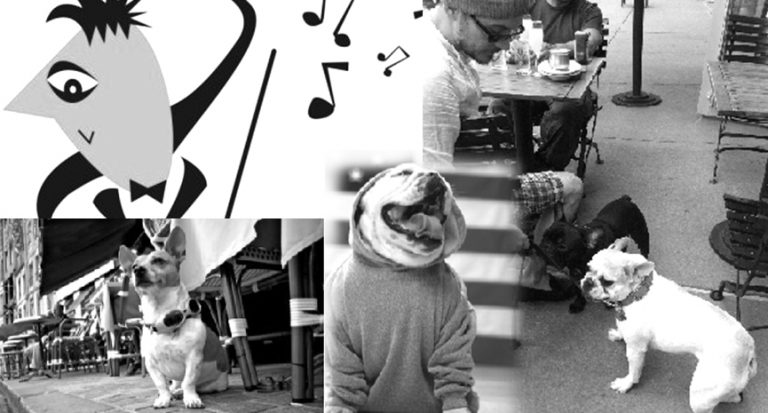It was a life-changing moment. I spotted a colorful herd of alpacas grazing on a roadside meadow. Of course I had to stop. A chocolate-colored cria (baby alpaca) wandered over to check me out. Picture this–an overgrown teddy bear with a long, graceful neck and the biggest, sweetest, most soulful eyes you’ve ever seen. That curious little cria thrust me into the world of alpaca obsession.
So I did what any modern gal would do: I went on the internet to learn more. “Honey, did you know that alpacas use a communal dung pile?” I plied my patient husband, Steve, with all sorts of interesting alpaca details. “They don’t have hooves; their soft padded feet are easy on pastures. Oh my gosh, they don’t have top teeth in front…” And so went the winter of 2007-08 as I researched everything you could possibly want to know about alpacas.
I decided to attend an upcoming alpaca show to learn more about raising alpacas. I talked with breeders, veterinarians and other alpaca professionals. I learned that alpaca farming is one of the two fastest growing agricultural industries in New York State (the other being organic gardening).
Although the weekend left me with some concerns–parasites, poisonous plants and coyotes among them–I was certain that I wanted to breed alpacas. Here is an abridged journal of my first year raising alpacas.
- Spring 2008: Steve and I planned about a dozen farm visits around New York and New England. We were looking for animals with exemplary conformation, excellent quality fleece (soft, fine and richly-colored), and distinctive bloodlines. Our trip up north coincided with a major ice storm that took down power lines and washed out roads. But we persevered!
- 7/6/08: Our foundation herd of four (mostly) pregnant females is coming home! Although we’ve had horses for over 30 years, alpacas have different needs and we had to make changes to our fencing, we modified a barn for our pregnant girls and we built a new shed for the future boys.
The first arrivals were greeted with much excitement by the horses. The horses had never seen alpacas, and vice versa. Our Thoroughbred, Champ, was particularly excited. He raced around his field, stopped in view of the alpacas, stared, gave a loud snort, then did it all over again–about 20 times–before finally settling down.
- 7/24/08: Today I met with a veterinarian who specializes in alpacas to discuss the special medical needs of alpacas. Alpacas are modified-ruminants, which means they have a three-part stomach. Although their diet is similar to horses–hay, grain and grass–their digestive system is quite different. Alpacas are susceptible to a parasite, meningeal worm, carried by white tail deer and brought into pastures via slugs. We discussed preventative measures and devised an overall health plan.
- August 2008: Alpacas really don’t like the heat. Their native homes on the high plains of the Andes rarely get about 60 degrees. To keep them cool, we run fans in the barns and hose their bellies on the hottest days. As soon as I pull out the hose, the alpacas clamber around anxious for their turn. Aphrodite always makes me laugh during hosing. She does quarter turns and spins like a runway model to make sure she is cooled from every direction.
- 9/11/08: I was bringing hay out to our Icelandic Horses when I noticed Maja laying down in the deep shade of the locust grove. A small foot was sticking out beneath her tail! I was relieved to see the cria’s second foot and nose emerge indicating that the baby is in the correct position. Maja stood up and the cria dangled, paddling his front legs as if running. Within minutes, he was on the ground, gleaming and wet. I dried him off, treated his umbilical cord with iodine and stepped back so mother and son could bond. To my delight, he was standing within half an hour and was nursing shortly thereafter. After watching this jet-black newborn boy romp playfully around the field, we settled on the name Felix which means “happy-go-lucky” in Spanish.
- 9/20/09: I noticed that Aphrodite looked a bit restless, so I decided to postpone my horseback ride. Good decision! A few minutes later Aphrodite went into labor. Like Maja, she got up and down a few times while the cria was emerging. About 10 minutes after I saw the first foot, the cria was on the ground–another beautiful boy, this one a brilliant copper color and later named Diego. Felix was excited to finally have a play-buddy and soon the two were frolicking around the field. Watching those two crias, young and healthy, running and leaping, was pure joy.
- 10/9/08: We arranged for a very handsome blue-gray stud, Angel’s Vivo, to visit Aphrodite for a “mobile breeding.” If a female alpaca is receptive, she will lie down, usually within a minute or two of meeting her “new husband.” The male starts to “orgle,” a vocalization unique to mating alpacas, then they get down to the business of making a baby. We were happy to have a successful breeding and Aphrodite’s pregnancy was confirmed three weeks later.
- 10/25/08: While I was in Syracuse taking our alpaca Zofia in her first show, Steve was home keeping his eye on very-pregnant Gypsy Rose. Alpaca shows are judged on fleece and conformation, with equal weight placed on both. This show also had a ring devoted to classes for juniors (and those young at heart) with obstacle courses and costume classes.
Meanwhile, back at the farm, the inevitable happened–Rosie gave birth on Steve’s watch! Another quick easy birth, and, yes, another boy. This one a gorgeous silver gray. His abundant energy and independent spirit led us to the name Don Brio (“Mr. Energy” in Spanish).
- November 2008: We transformed a space in one of our heated barns, and stocked it with a wonderful assortment of alpaca garments–some handmade by local artisans, others from Peru. Alpaca fleece comes in more natural colors than that of any other fiber-producing animal. It is soft, warm and has a luxurious feel. We were thrilled to have our friends, family and visitors do much of their holiday shopping in our new farm store.
- January 2009: Winter is a blessedly quiet time on the farm. The alpacas love to sleep outside under the trees even though their barn is thickly bedded with straw. I guess you could say that they are “dressed” for the weather! I was too–in my delightfully warm alpaca hat, scarf, sweater and socks!
- 5/4/09: Shearing Day! A professional shearer from upstate came to shear for us. Shearing is done once a year and it goes fairly quickly if you are well organized. I enlisted many of my friends to help. Serena trimmed toenails, Claudia bagged fleece, Carlos and Steve held animals, Mary took photographs and kept records of who had their teeth and toenails trimmed. After everyone had been shorn, I did a preliminary cleaning of the fleeces, then packed them up and mailed them to a fiber mill in New Hampshire. The beautiful yarn that comes back is prized by knitters and weavers.
- June 2009: A new children’s book featuring our alpacas, Here I Am: Alpacas in America by Amy Keauver, has just been published! It is great fun seeing so many of our alpacas in this lovely new picture book. Our girl, Afternoon Delight, is on the cover!
- Fall 2009: Three more crias on the way, a series of open houses at our farm, and more shows in New England! We look forward to another enjoyable season with our enchanting alpacas.
For more information about alpacas, visit our website: www.FarawayFarmAlpacas.com or call us at 914-962-2110. Visitors welcome by appointment. Fall open house dates: November 27 & 28; December 5 & 6.





